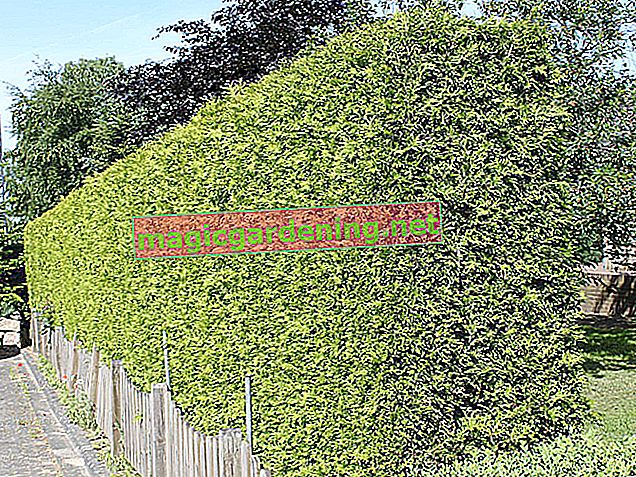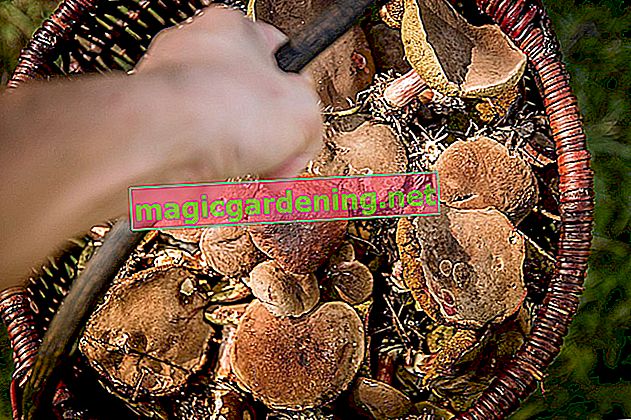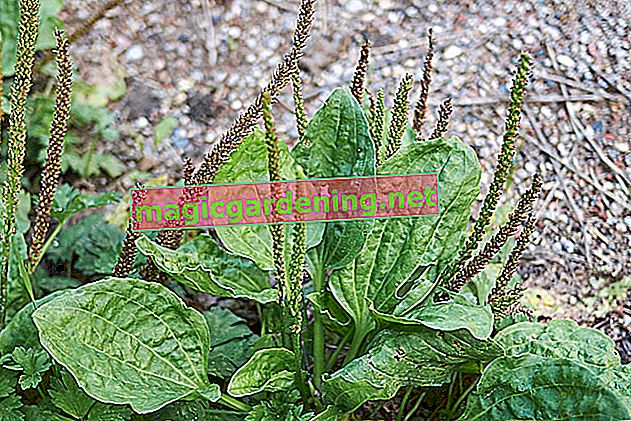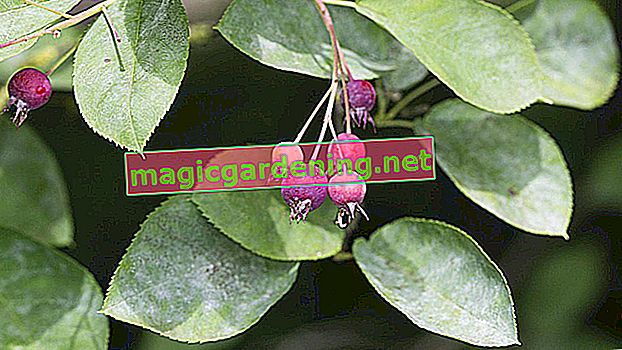
A privacy hedge as an alternative to the wall
Thanks to tricky products such as special stone baskets, it is no longer a question of the appropriate official approval whether you can build a wall around your own garden or not. Of course, primarily with its stability, a wall offers a certain feeling of security and durability. In addition, for example, natural stone walls with their very special flora and fauna can represent a very decorative and ecologically valuable design element in a garden. Often, however, walls also act as a deterrent or even constricting when they stand at a certain height on level ground and effectively prevent any view or breath of air. A privacy hedge made of plants like beeches,Thuja subspecies or the evergreen cherry laurel, on the other hand, offer a similar level of privacy, but are even more permeable to light, air and various types of small and microorganisms. Many bird and insect species need dense hedges as breeding grounds and living space, which is why they also fulfill a very important function in the garden.
also read
- The right privacy screen for a terraced house garden
- Easily embellish a privacy screen yourself
- Hide the compost behind decorative privacy screens
The maintenance effort for a natural privacy screen in the garden
The maintenance effort for a natural privacy screen in the garden naturally depends not only on its dimensions in terms of length, but also on the height and width of the trees and bushes planted in a row. The following plants, which are particularly popular for planting privacy hedges, have such high growth rates that they can be pruned up to two or three times a year:
- beech
- Forsythia
- Weigela
- Climbing plants such as knotweed and wild grape
- jasmine
Conversely, this willingness to grow also means a relatively high need for nutrients in the form of fertilizer and compost as well as good cut tolerance, since errors in the cut usually grow again very quickly as if by themselves.
Make your own natural privacy screen from natural materials
Not every natural privacy screen has to be a living privacy screen. With a little patience and manual dexterity, privacy fences and mats can also be made from natural materials such as reeds, hazelnut branches and other materials. In particular, the fence-like screen variants made from branches and other pieces of wood can subsequently be used as a climbing aid for a blooming screen.
Naturally integrate privacy hedges into the garden design
In a well thought-out garden, privacy protection hedges are not only a means to an end on the property line, but can also represent quite significant accents in the visual composition of different plant species as a flowering shrub wall or as a green grid of climbing plants such as the wisteria and the trumpet flower. Ideally, you should pay attention to a predominantly tiered structure of the individual garden areas, in which the lower perennials in front of the higher privacy hedge also represent a color contrast in the best case.
Tips
A natural privacy screen must also be attached and adequately secured in an exposed location with regularly occurring, strong gusts of wind, just like an artificial privacy screen.








